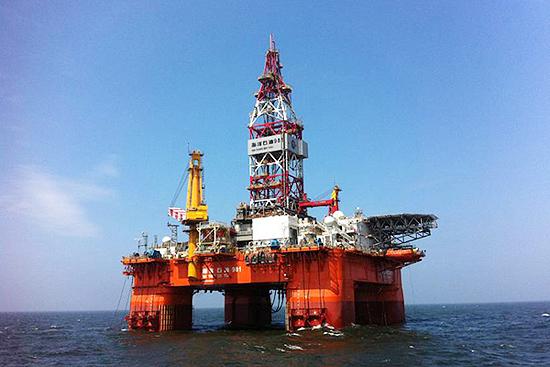Article Archive
Article Archive
- Introduction of Cement Slurry System (Part 1)
- Introduction of Cement Slurry System (Part 2)
- Introduction of Cement Slurry System (Part 3)
- Introduction of Cement Slurry System (Part 4)
- High Temperature and High Pressure Cementing Technology
- Low Density Cementing Slurry Technology
- Anti Gas Channeling Cementing Technology
- Drag Reducing Agents (DRA) or Drag Reducers (DR)
- Nitrogen Surfactant Compound Huff and Puff Technology
- Oil Washing Technology for Increasing Production
Summary
1. Concept of cementing
In order to strengthen the well wall, ensure continuous safe drilling, seal off oil, gas and water layer, ensure layered test during exploration and reasonable oil and gas production during the whole production process, the operation of lowering high-quality steel pipe and filling cement in the well bore and steel pipe annulus is called cementing engineering.
2. Purpose of cementing
1) Seal the complex formation that is prone to collapse and leakage, consolidate the drilled well and ensure the smooth drilling;
2) Provide the foundation for the installation of wellhead devices, control the wellhead injection and ensure that the mud outlet in the well is higher than the mud pool, so as to facilitate the flow of drilling fluid back to the mud pool;
3) Seal the oil, gas and water layers, prevent the oil, gas and water layers with different pressures from channeling each other, and provide favorable conditions for the normal exploitation of oil and gas;
4) Protect the fresh water resources in the upper sand layer from the oil, gas, salt water and other liquids in the lower rock layer;
5) After the oil well is put into production, it creates favorable conditions for acid fracturing to increase production;
3. Cementing steps
1) Casing
The casing is different from the drill pipe. It is a one-time running pipe. There is no thickening part and the length is not strictly regulated. In order to ensure the quality of well cementation and smooth running into casing, the structure design of casing string should be done. According to the application, formation prediction pressure and casing running depth, the strength of casing shall be designed, and the wall thickness, steel grade and screw thread type of casing shall be determined.
2) Cementing Injection
Cement injection is the key process after casing running into the well. Its function is to seal up the annular space between casing and well wall, so as to seal off oil, gas and water layers, and make casing become the passage of oil and gas to the well.
3) Wellhead installation and casing pressure test
After casing cementing, the wellhead shall be installed during cement setting. The top of the surface casing shall be equipped with the casing head shell. The top of each layer of casing is hung in the casing head, which is mainly used to support the weight of technical casing and reservoir casing, which is particularly important for cementing cement not returning to the ground. The casing head is also used to seal the annular space between the casings to prevent the pressure from shifting each other. The casing head is also the transition connection of BOP and tubing head. There are also two side holes on the casing head used on land, which can be used for re extruding cement and monitoring well conditions. Injection of balance liquid and other operations.
4) Check cementing quality
After installing the casing head and connecting the BOP and the BOP pipeline, the pressure resistance inspection of the casing head seal and the pressure test of the seal connected with the BOP shall be done. After the cement plug in the exploration casing is tested, the pressure of the casing string shall be inspected, and after drilling through the casing shoe for 2-3m (technical casing), the formation fracturing test shall be conducted. The quality inspection of cement sheath should be done in production wells, and the cementation of cement sheath, casing and well wall should be detected by acoustic wave. Only after all indexes of cementing quality are qualified can the next operation procedure be started.
5) Cementing method
a). Inner string cementing
The plug connected with the drill string is inserted into the sealed socket of the casing float collar or float shoe, and cement is injected into the drill string for cementing operation, which is called inner string cementing. Inner string cementing is mainly used for large size (16 ″ ~ 30 ″) conduit or surface casing.
b). Single stage double rubber plug cementing
First, install the cement head and rubber plug (top plug and bottom plug) after running the casing to the predetermined well depth, circulate the cement, hit the isolation fluid, put the bottom plug, then inject the cement slurry, and then put the top plug to replace the mud. The bottom plug is broken down on the float collar. The top and bottom plugs are bumped and the cementing is finished.
c). Liner cementing
The liner cementing is to use the drill pipe to send the liner to the suspension design depth, hang the liner on the outer casing through the liner hanger, first set up the liner hanger, and then start to inject cement, cast the drill pipe rubber plug for replacement, cut the tailpipe rubber plug and overlap with the tailpipe rubber plug, and then go down to the ball seat to bump, and the cementing is finished.




